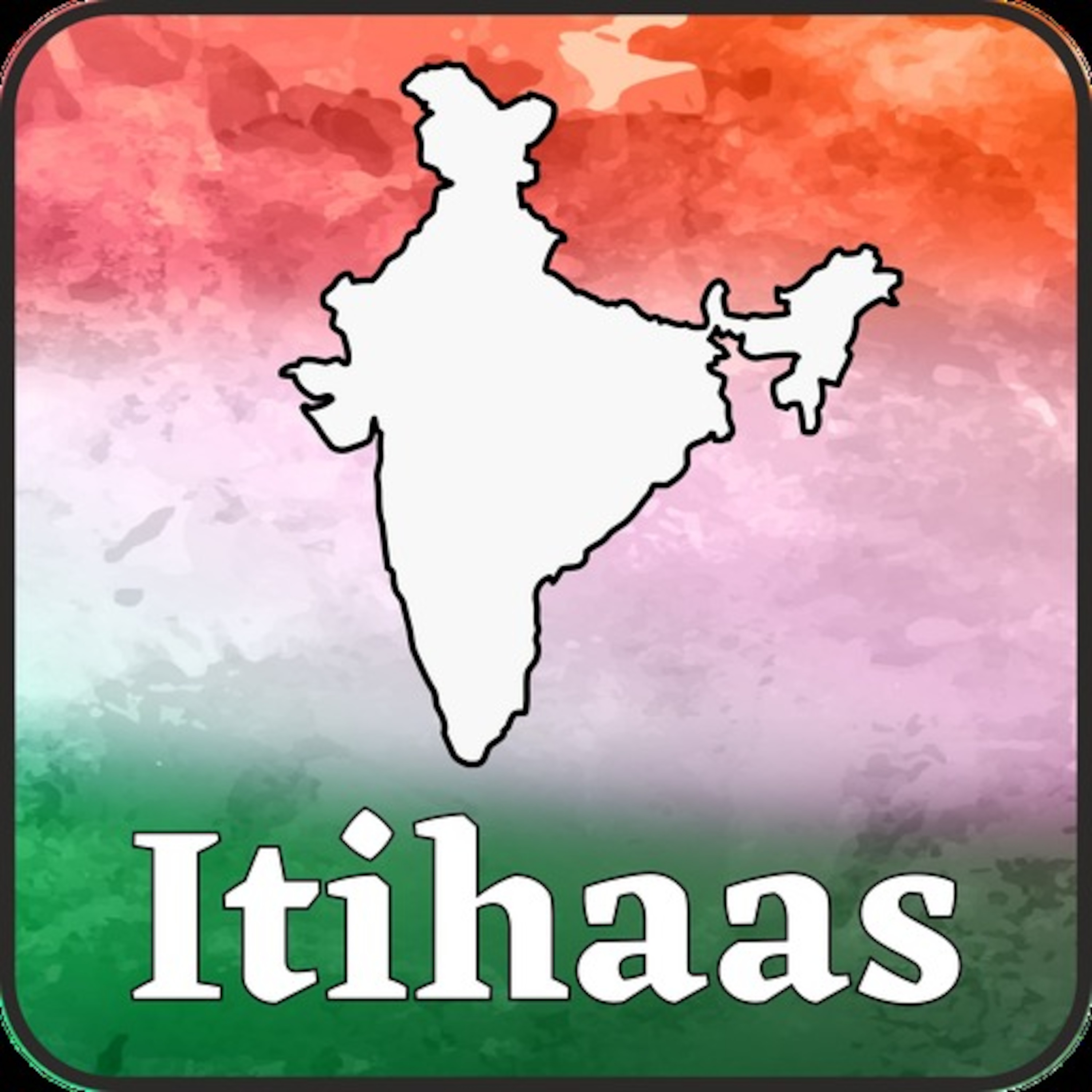
India becomes a republic
08/17/17 • 3 min
Previous Episode

What is India @ 70?
We always learn so many things in school. And then when we grow up, we realize half of them are of no use or they are taught without a perspective. Now the same applies to our textbooks in history. We always learned some random dates, some articles of treaties, some names of places and in general a lot to remember. To mug up and write in papers. Most of it was from one or two or 6 or twelve centuries ago. Specifically with India, our history textbooks stopped at 1947, when India got independent. As if nothing of significance has happened after that. Today, India as an independet country celebrates 70 years of existence. So much happened in those seventy years, so much to be proud of, so much to grieve, so much to remember and so much to learn from it. The country has come a long way with respect to everything in those seven decades. So many things of these 70 years affect us today. And yet we never learned all this in the school textbooks. India at 70 by Itihaas does precisely that. Through this season, we learn about marked moments in India's post independence history. Moments in last 70 years. They are not in chronological or rather in any order. These are moments, things, incidences and inventions of all kinds. But they, in some way or the other, make india what it is today. They are of that significance. So today onwards, we meet through this podcast. We understand what all happened in these 70 years, through small episodes, and we understand how India stands at 70.
Next Episode

Quick Recap: Indian Independence
If you like this episode you’ll love
Episode Comments
Generate a badge
Get a badge for your website that links back to this episode
<a href="https://goodpods.com/podcasts/itihaas-20-6555/india-becomes-a-republic-242403"> <img src="https://storage.googleapis.com/goodpods-images-bucket/badges/generic-badge-1.svg" alt="listen to india becomes a republic on goodpods" style="width: 225px" /> </a>
Copy




